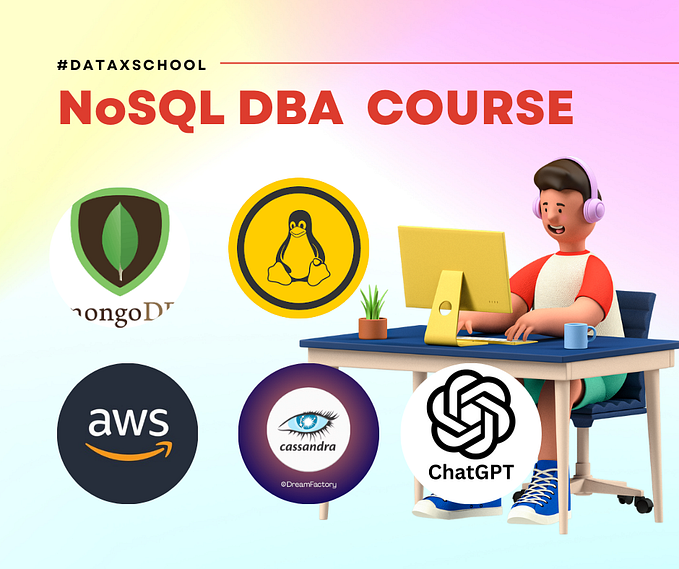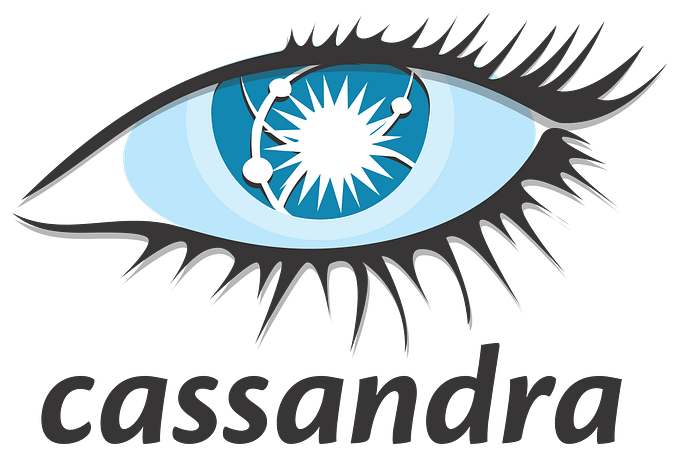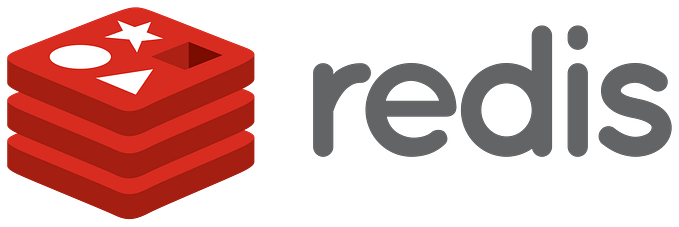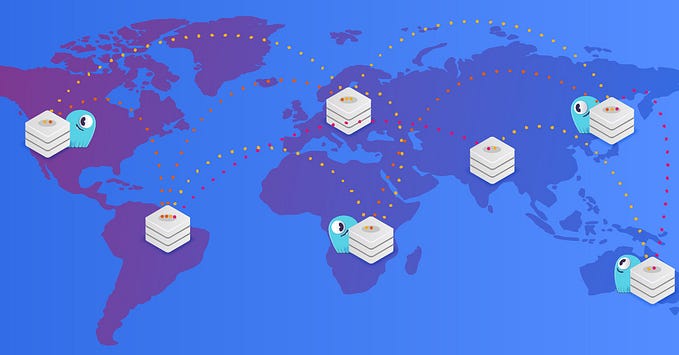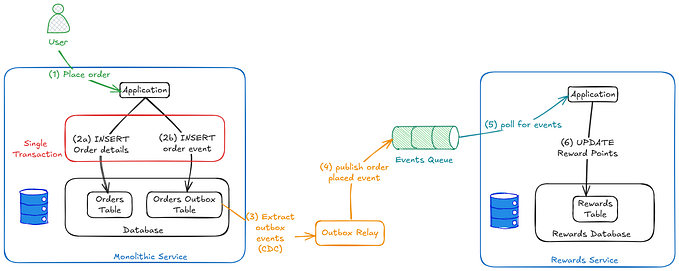Top 30 MongoDB Interview Questions For 2023

#mongodb #interview #questions #answers #2023 #dataxschool
Basic Concepts:
What is MongoDB?
MongoDB is a NoSQL database that stores data in flexible, JSON-like documents.
Q-1: What is BSON?
BSON (Binary JSON) is the binary serialization format used by MongoDB to store data.
Q-2: What is a Document in MongoDB?
A document is a record in MongoDB, equivalent to a row in a relational database.
Q-3: Explain the difference between a Collection and a Database.
A database in MongoDB is a physical container for collections, and a collection is a group of MongoDB documents.
Q-4: What is a Primary Key in MongoDB?
The _id field serves as the primary key in MongoDB documents.
Data Modeling:
Q-1: What is Denormalization?
Denormalization is the practice of embedding related data within a single document, reducing the need for joins.
Q-2: When would you use Embedded Documents vs. References?
Use embedded documents for one-to-few relationships, and references for one-to-many or many-to-many relationships.
Q-3: Explain GridFS and its use cases.
GridFS is a specification for storing and retrieving large files in MongoDB. It’s useful for managing files that exceed the BSON document size limit.
Indexes:
Q-1: What is an Index in MongoDB?
An index is a data structure that improves the speed of data retrieval operations on a collection.
Q-2: How do you create an Index in MongoDB?
You can create an index using the createIndex() method or by specifying it in the schema during document insertion.
Q-3: What is the _id index in MongoDB?
MongoDB creates a unique index on the _id field of every collection by default.
Querying:
Q-1: Explain the Find operation in MongoDB.
The find() method retrieves documents from a collection based on a query condition.
Q-2: How do you perform Aggregation in MongoDB?
Aggregation pipelines use stages like $match, $group, and $project to process data and return aggregated results.
Q-3: What is the $lookup stage in Aggregation?
The $lookup stage performs a left-join-like operation between two collections.
Q-4: What is a Covered Query?
A covered query is a query that can be satisfied using an index and does not need to fetch documents from the collection.
Performance Optimization:
How can you improve MongoDB’s performance?
Performance can be improved through indexing, proper data modeling, using the right storage engine, and optimizing queries.
Q-1: What is the working set in MongoDB?
The working set is the portion of data and indexes that are actively used by applications.
Q-2: Explain the explain() method in MongoDB.
The explain() method provides information about how a query is executed and helps in query optimization.
Replication and Sharding:
Q-1: What is Replication in MongoDB?
Replication involves maintaining copies of data across multiple servers (nodes) to ensure high availability and data redundancy.
Q-2: What is a Replica Set?
A replica set is a group of MongoDB servers that replicate data to provide fault tolerance and high availability.
Q-3: Explain Sharding and its benefits.
Sharding is the process of distributing data across multiple machines to achieve horizontal scalability. It improves performance and storage capacity.
Transactions and Concurrency:
Q-1: When should you use Transactions in MongoDB?
Use transactions when you need to perform multiple operations that need to be either fully completed or fully rolled back.
Q-2: What is Read Concern in MongoDB?
Read concern specifies the level of data consistency required for read operations.
Security:
Q-1: How can you secure MongoDB instances?
Secure MongoDB by using authentication, authorization, SSL/TLS encryption, and network restrictions.
Q-2: What is Role-Based Access Control (RBAC) in MongoDB?
RBAC is a mechanism in MongoDB that controls user access based on roles and privileges.
Backup and Restore:
Q-1: How do you back up a MongoDB database?
You can use tools like mongodump or third-party backup solutions to create backups.
Q-2: What is a Point-in-Time (PIT) Restore?
A PIT restore allows you to restore a database to a specific time in the past.
Miscellaneous:
Q-4: What is the MongoDB Atlas?
MongoDB Atlas is a cloud-based database service provided by MongoDB, Inc.
Q-5: Explain the differences between MongoDB and SQL databases.
Differences include schema flexibility, data modeling, query language, and scalability.
Q-6: What are some use cases for MongoDB?
MongoDB is suitable for various use cases, including content management, catalogs, real-time analytics, IoT applications, and more.


